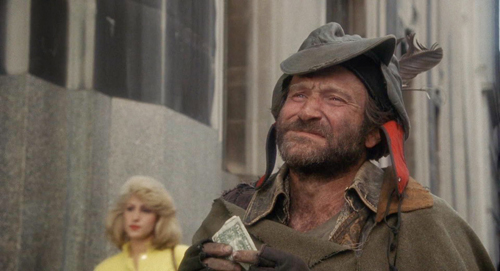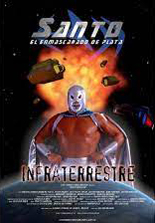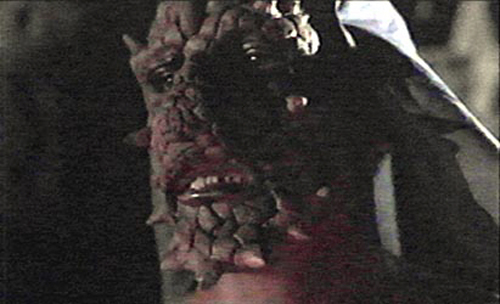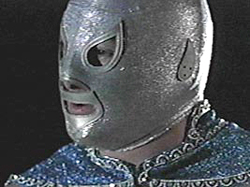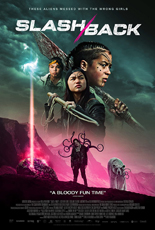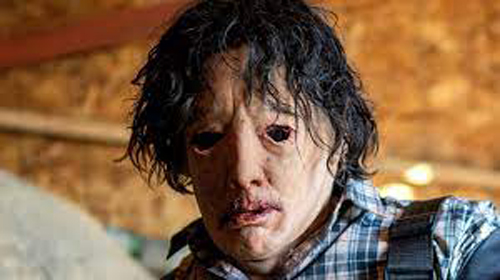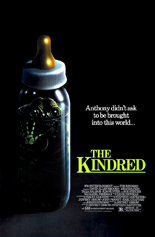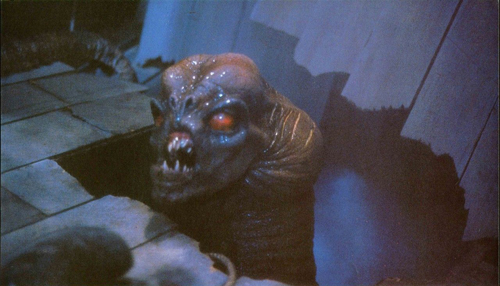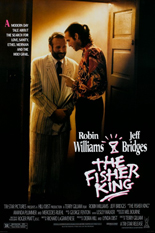
 For good reason, The Fisher King is one of the most heralded works of filmmaker Terry Gilliam, but one I had never watched before. Originally, I thought it was about some modern-day knights and the late Robin Williams cast as a chief Central Park bum. To be fair, I did own a previously viewed copy of it on VHS. Does that count?
For good reason, The Fisher King is one of the most heralded works of filmmaker Terry Gilliam, but one I had never watched before. Originally, I thought it was about some modern-day knights and the late Robin Williams cast as a chief Central Park bum. To be fair, I did own a previously viewed copy of it on VHS. Does that count?
I had embarked on a long-forgotten quest to find the time to watch it, which I finally did with the Criterion Collection edition last week. I realized the movie was so much more than another Gilliam visual feast for the mind, because of it has a soiled, ramshackle heart.
Jack (Jeff Bridges) is a stereotypical ’90s shock jock, putting callers through the metaphorical meat grinder. This all goes bad for him when a crazed fan shoots up a party of full of people (back when things like that weren’t everyday occurrences). Three years later, he’s a clerk at a rundown video shop. When a young boy gives him a Pinocchio puppet, it sends Jack into suicide mode. And when a duo of New York toughs try to immolate him, thank God for Parry (Williams) and his homeless cadre rush out of the storm to slay this murderous party.
From there, Parry charges Jack to find the Holy Grail, with comedy, drama and, most of all, the rusted heart. The film does this without being too cloying and superficial — something much of Williams’ work came to be in the late ’90s and early 2000s.
Sure, the artistic angles, the grating noise and the sheer claustrophobia are all there, but Williams’ performance stands out most as remarkable. Perry acts like a man out of time — the “janitor of God,” he puts it — with this quest helping to work out demons of his own. We learn the source of his mental anguish when all goes south.
Gilliam is masterful at nightmarish scenarios. Here, one with a bold-but-dirty face gets a happy ending, but it’s one this movie truly deserves. Also, out-of-the-norm actors like Amanda Plummer, Tom Waits and Michael Jeter are excellent in their supporting roles.
Fear of the unknown is one of Gilliam’s mainstays, but The Fisher King is about embracing it. —Louis Fowler

